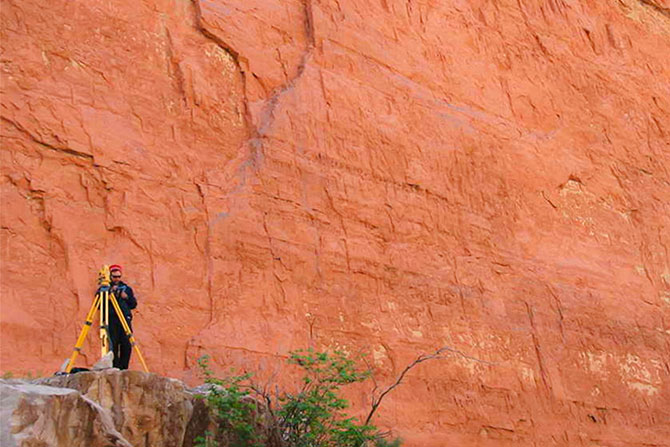It was a great pleasure to meet so many Utah surveyors and geospatial professionals at the February Utah Council of Land Surveyors conference in St. George. The enthusiasm this group has shown for utilizing and maintaining geodetic control is an asset to your state. I commend this community for committing to real-time Global Navigation Satellite Systems (GNSS) networks and for embracing the new opportunities in digital data deliveries to streamline data collection and simplify inspections.
In the next year, the modernization of the National Spatial Reference System (NSRS) will give our country’s geospatial framework its most significant update in more than 40 years. Whereas previous datums were introduced before the prevalence of GNSS, our modernized reference frames have taken advantage of satellite observations to align the datum origin with Earth’s center of mass. This provides a datum commensurate with the centimeter-level accuracy available with GNSS.
The new reference frames will also rotate with the tectonic plates, recognizing time-dependent positions and providing consistency of coordinates over time. Next, the North America-Pacific Geopotential Datum of 2022 (NAPGD2022) uses advances in gravity measurement techniques to provide better accuracy and consistency of heights throughout the U.S. and its territories. This will improve height determination across remote mountainous regions like Utah’s, where elevations range by more than two vertical miles.
The modernization of the NSRS will include access to the new 2022 State Plane Coordinate System. Utah has worked closely with NGS to create 91 individual Grid Coordinate System zones for the new NSRS, which is more than any other state. These zones will allow surveyors and engineers to minimize ground versus grid discrepancies for more consistent length and area computations across all disciplines. This update will have widespread ramifications across surveying, mapping, construction and many other industries.
Our geospatial community will rely on sound leadership and real-world experience as we move to the North American Terrestrial Reference Frame 2022 and NAPGD2022. To realize the full benefits of modernization, we will need all stakeholders to work together to understand and implement the changes that are necessary. Help your fellow geospatial professionals by supporting working groups in your offices and communities. Put yourselves in positions to review and approve changes to standards documents. Together, we can build a future where highly accurate geospatial data is quickly, accurately and reliably accessible.
Keith Kohl
Southwest Regional Geodetic Advisor (Utah, Arizona, New Mexico)
National Geodetic Survey
Flagstaff, Arizona






